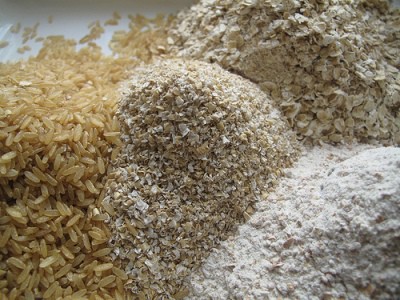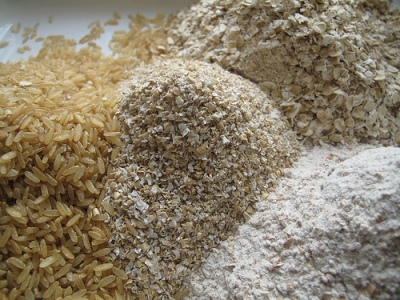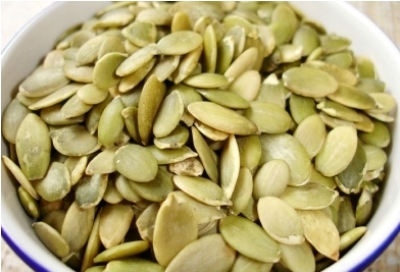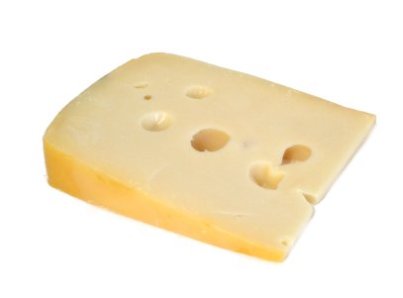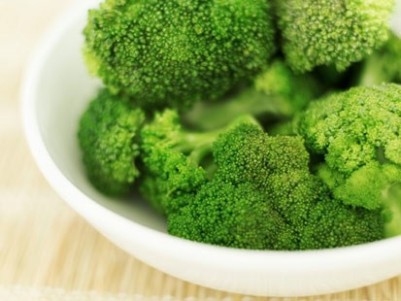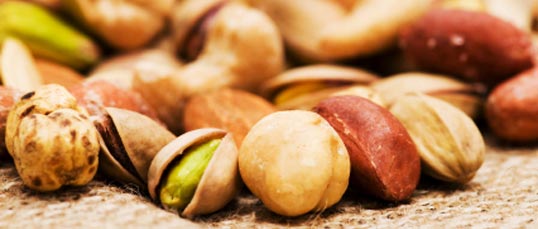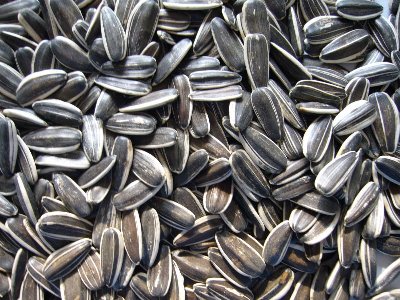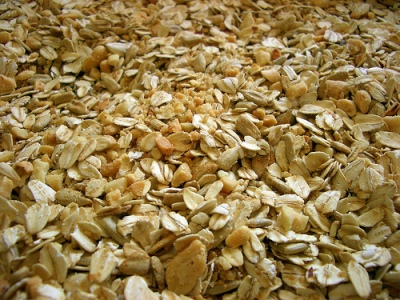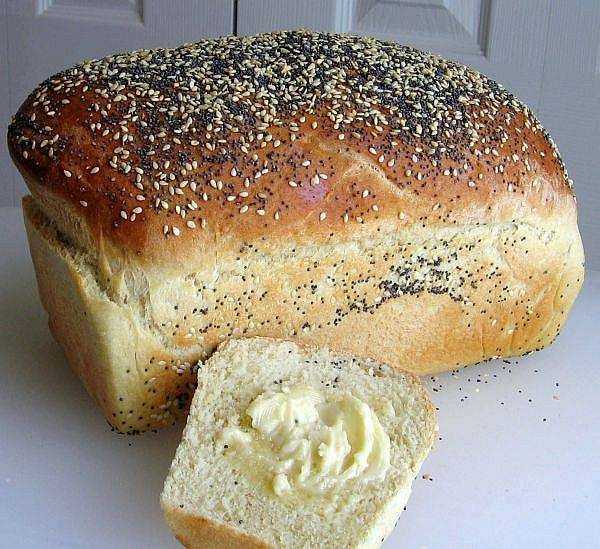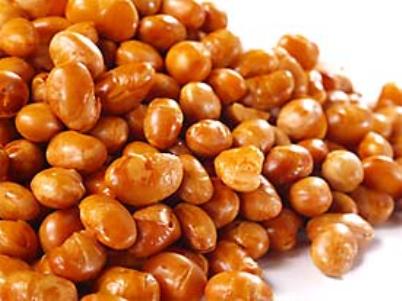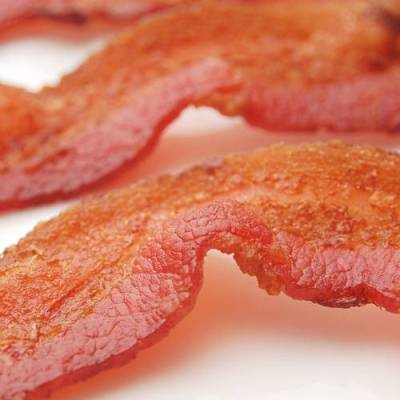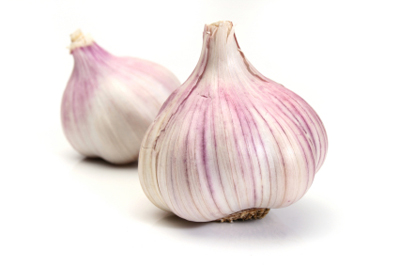Phosphorous is an abundant mineral found in the human body that aids the growth of the teeth and bones. Based on a person’s health condition, the level of phosphorous that is required to be consumed varies. Phosphorous is a helpful nutrient that helps the kidney process. It maintains fluid balance and an electrolyte in the body. It also plays an important role in the DNA replication.
Phosphorous deficiency can lead to less appetite, rickets, anemia, numbness and weak immune system in a person. Almost all foods contain phosphorous and so the deficiency is quiet rare. But consuming too much of phosphorous also might upset the level of calcium that is being transferred from bones to blood. This in turn weakens the bones and can cause calcification of the internal organs. This might increase the chances of vascular diseases and heart attack. The daily consumption value as prescribed by research scientists stand at 1,000 mg. Here is a list of best dietary mineral phosphorous that you can include in your daily meals and give yourself the required amounts of phosphorous.
Rice and oats bran
Every one aims to having a healthy and nutritious breakfast. If you want to have the required amounts of phosphorous included in your daily diet, increase the intake of the rice and oat bran. Rice and oats bran are high fiber foods and can make an easy addition to any breakfast cereals, baked goods and breads. They are easy to prepare and make a very good eatery at any time of the day. The rice and oat bran contain large amounts of phosphorous along with required amounts of fiber and other nutrients. Rice bran has about 1979 mg per cup of phosphorous content while the oat bran provided the body with 690mg per cup of phosphorous.
Seeds: Watermelon, squash, pumpkin
If you want to kill time, there is no better way than to crackle your teeth with some seeds. The watermelon, pumpkin and the squash seeds surely make a wonderful snack. In some store you can get packed baked seeds too. They are easy to store and can be an ideal any time snack. All you need to do is to stock up your kitchen with various variates of seeds and munch on them whenever possible. These seeds provide you with immense amounts of phosphorous that your body requires. Roasted squash and pumpkin seeds have in them about 2660 mg per cup of phosphorous while the watermelon seeds have about 815mg of phosphorous per cup.
Cheese
Cheese, which is everybody’s favorite, delivers high amounts of phosphorous. The best phosphorous content is the no-fat or low-fat cheese. Cheese can go along with almost everything that you eat. You need to be innovative and try means of consuming cheese with your daily food. Cheese surely is such a versatile food that blends with almost all foods. Cheese also serves as high calcium food. Among the cheese varieties, parmesan provides about 40 mg of phosphorous per table spoon. The other cheese varieties that follow are the cheddar, cottage cheese, romano, mozzarella, gryere, gouda, Swiss, tilsit and provolone. Now you need not think twice to dig on cheese once in a while. You can always blame it on the phosphorous intake that you very much need!
Broccoli
Broccoli is very rich in phosphorous. It is found in almost all grocery stores. You can find the organically grown broccoli in some stores. It is a very tasty vegetable that is liked by all age groups. Apart from containing high phosphorous, it gives you all the healthy resources that any green vegetable comes with. Broccoli has high antioxidants that fight toxins in body and vitamin C. Research proves that raw broccoli has more minerals and vitamins than boiled. Hence, it is advisable to eat broccoli raw without cooking so as to gain the maximum nutrients.
Nuts
All kinds of nuts find their place at every home. What you have to realize is that you need to eat sufficient quantity of nuts daily to be pumped with phosphorous. Nuts serve as an excellent source of phosphorous. Among the nuts, the Brazil and the pine nuts contain most of the phosphorous. Brazil nuts have about 500 mg of phosphorous per serving while the pine nuts have about 776 mg of phosphorous per cup. The other nuts like cashew nuts, peanuts, walnuts, pistachios and hazel nuts are also good sources of phosphorous. They have about 87 mg of phosphorous per cup.
The nuts are a perfect solution for those who feel refrigerating and storing food is a task. Nuts become nonperishable food items when dried. But the amount of phosphorous when the nuts are in the dried form remains the same. Hence, you can have a hassle free inclusion of phosphorous in your daily diet.
Sunflower seeds
To bring fun into your eating and yet again getting a lot of phosphorous try biting your teeth into the sunflower seeds. Though discarding the sunflower seed shells can pose as a boring task after you have eaten the seeds, you will eventually love eating the seeds owing to their taste. Sunflower seeds can be bought from any grocery store. You may even grab some roasted sunflower seed packets in stores which saves you time in shelling the seeds. Not only are the sunflower seeds high in phosphorous, they also come packed with good source of vitamin E and magnesium apart from other vital nutrients. A cup of sunflower seeds adds up to 1552 mg of phosphorous to your body.
Toasted wheat germ
If you are using toasted wheat germ in your cooking, you are definitely providing yourself with good amounts of phosphorous. This cereal can be found in only few grocery shelves in stores. Just a bowl of toasted wheat germ serving is enough to fulfill all your nutrient needs. Your consumption of the toasted wheat germ in the salads, cereals, desserts adds a wonderful taste and flavor to all your dishes. You can eat them just like that. A cup of toasted wheat germs provides your body with about 1295 mg of phosphorous.
You can include wheat germ in many ways in your daily diet. It gives your food a great flavor and texture. Toasted wheat germ tastes best with vanilla yogurt. You can sprinkle the wheat germs on stews and soups as well. You can mix the toasted wheat germs to salads, hot cereals or toss in the cookie dough before you bake them. Based on the recipe, you can replace some quantity of flour with toasted wheat germ.
Sesame seeds and butter
It would be a good idea if you use sesame seeds in your cooking. They are relatively invisible and add a crunchy feel to most of the Asian dishes. The sesame seeds are good sources of phosphorous and are also rich in calcium. Including the sesame seeds intake in your diet at least once a week would enhance your phosphorous intake. Add a spoonful of sesame seeds to the batter next time when you are baking bread or cookies. Sesame butter that is found in hummus contain more phosphorous than sesame seeds. A table spoonful of sesame butter has about 221 mg of phosphorous while a cup full of sesame s
eeds has about 991 mg of phosphorous.
Roasted soybeans
Roasted soybeans are tasty and widely available seeds. They come packed with many nutrients. Roasted soybeans contain considerable amounts of phosphorous along with other nutrients. Roasted soybeans are also known as edamame. Roasted soybeans are very versatile and can be a great addition to any food. Roasted soybeans can be given to kids as any time munch snack. They would love them. They are a very high protein food and make a great snack. A cup of roasted soybean has about 1116 mg of phosphorous.
Bacon
For meat eaters, bacon is a good source of phosphorous. Bacon is a highly nutritious food which contains good amount of vitamin B3 and selenium. But one has to bear in mind that bacon is very high in cholesterol. It should be moderately consumed by people who are especially at risk of cardiovascular diseases or heart diseases. Include bacon in your diet once a week to have a tasty and healthy meal. However, children can have bacon twice a week. A single slice of bacon has about 35 mg of phosphorous.
Garlic
If you can stand the smell of garlic, it sure is one plant that can make way to most of your food preparations. Garlic is one of the most popular historic plants that were used extensively in European cultures. They bring in immense nutrition and flavor for every cuisine. They can be consumed in any form, again based on a person’s tolerance of smell. Garlic can be eaten raw or can be added to the food in the roasted, cooked or shredded form. Garlic is believed to work wonders for people suffering with heart ailments.


